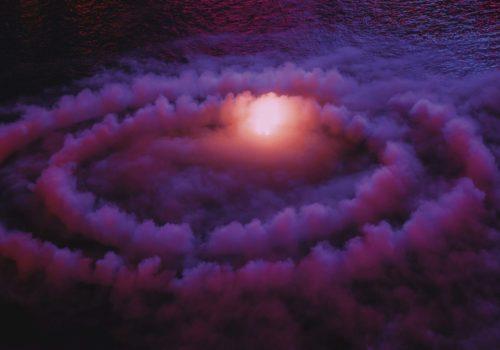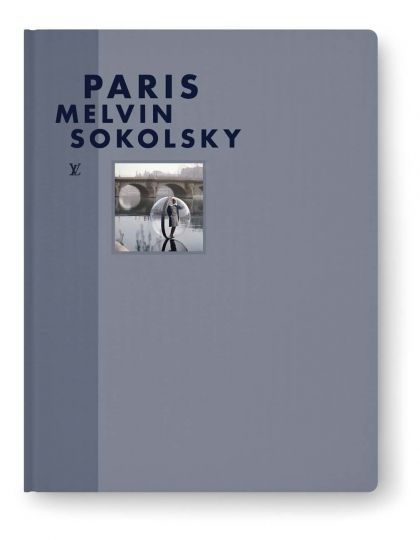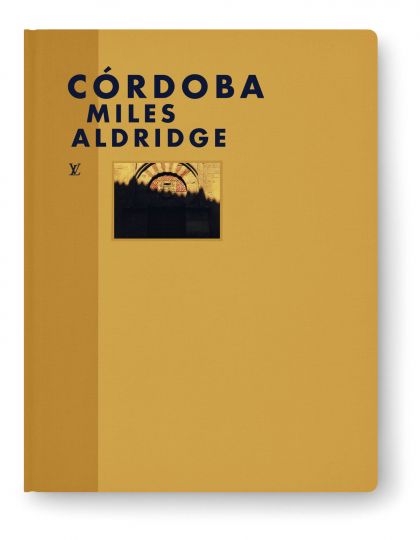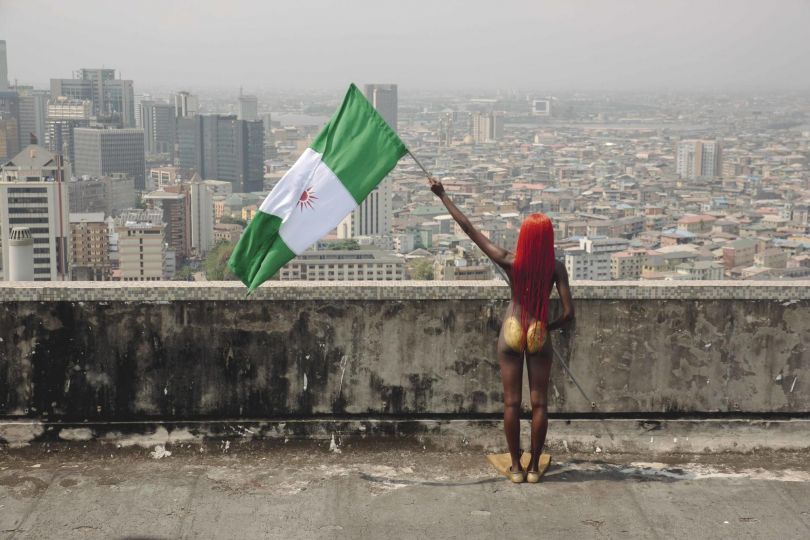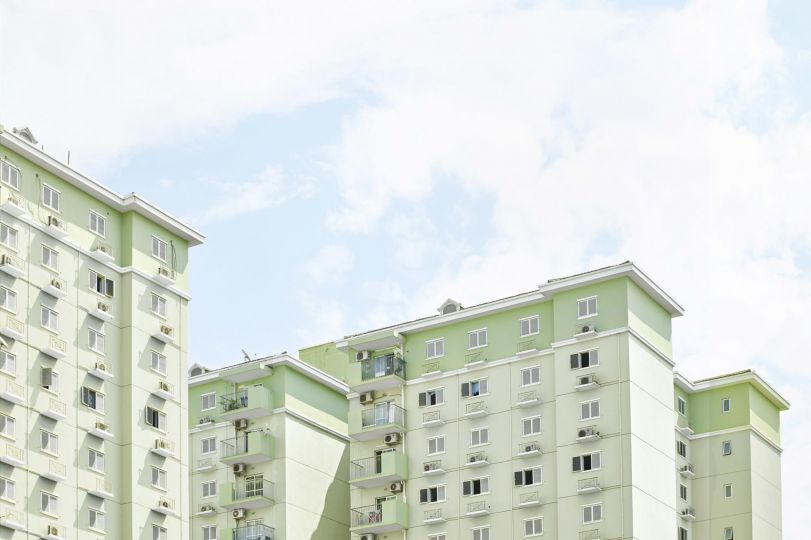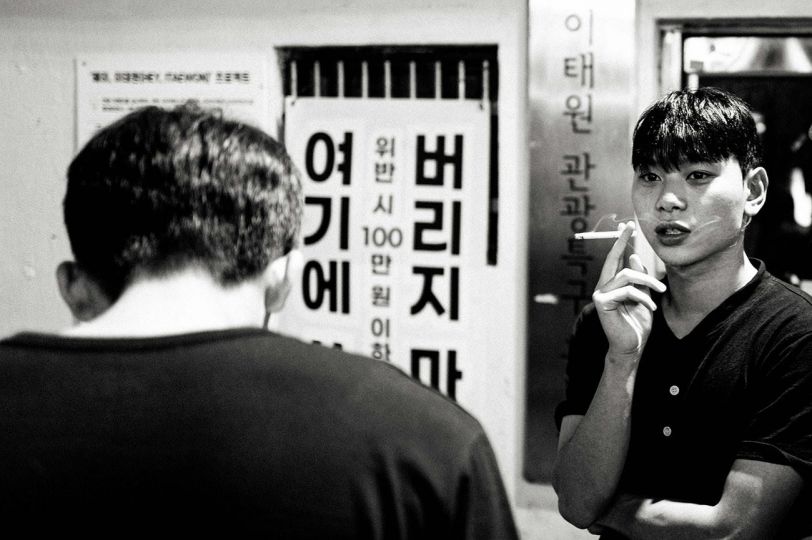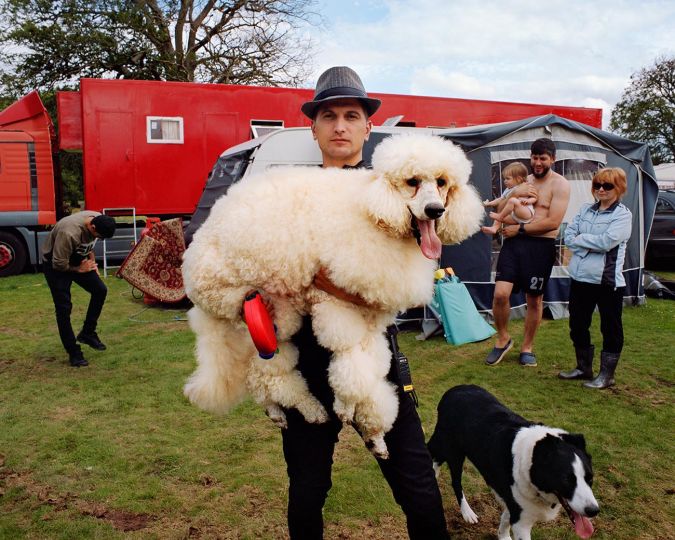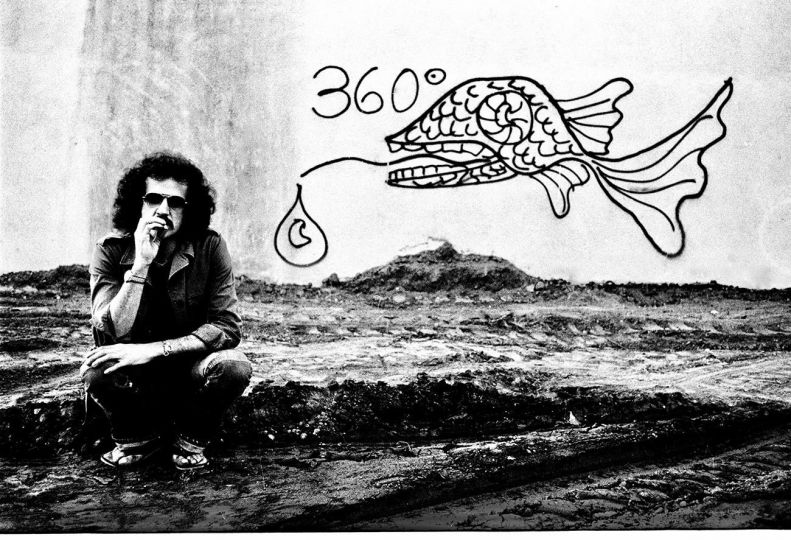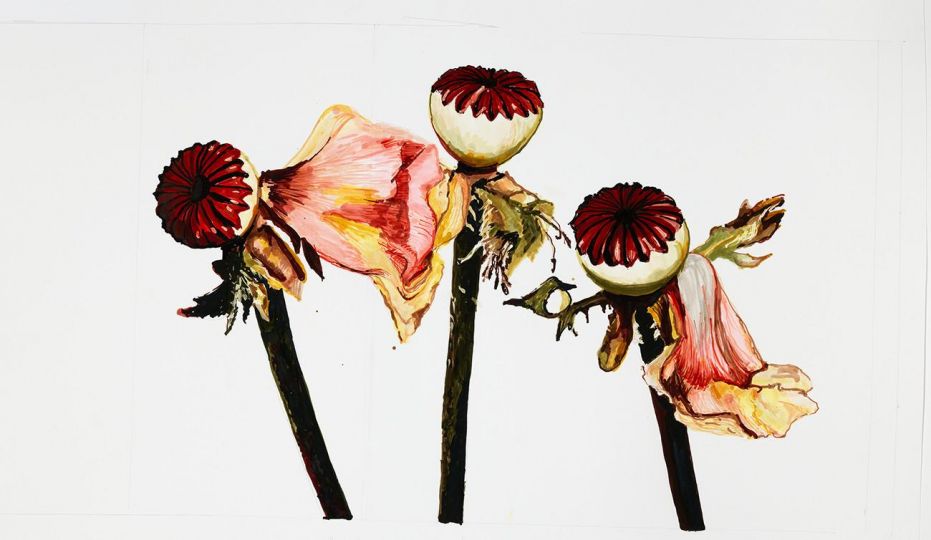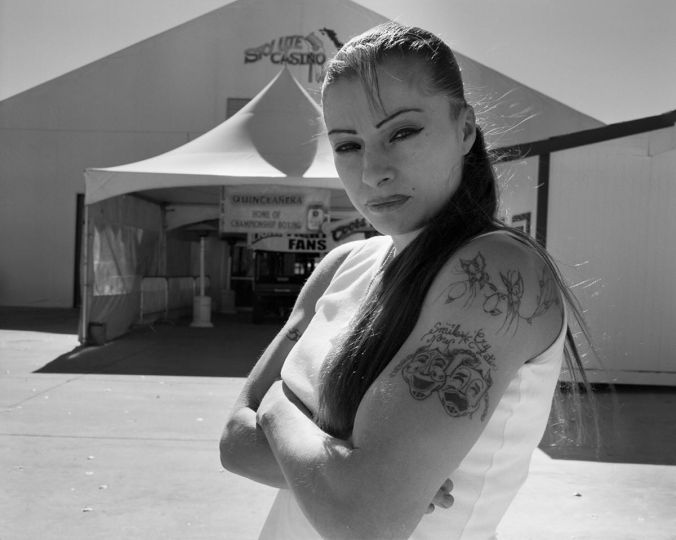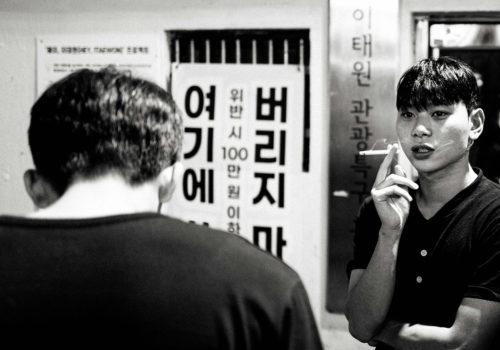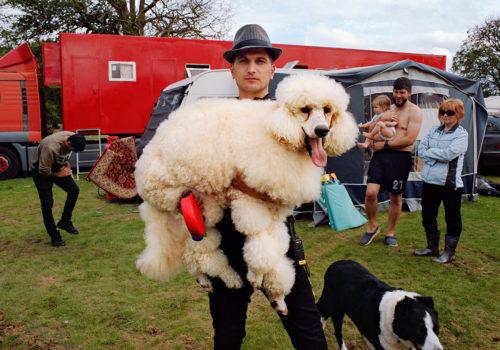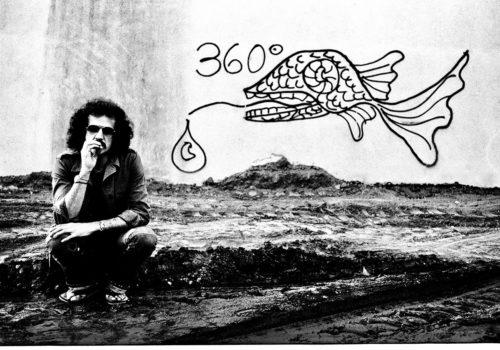Synonymous with the art of travel since 1854, Les Éditions Louis Vuitton continues to add titles to its “Fashion Eye” collection. Each book evokes a city, a region or a country, seen through the eyes of a photographer. Las Vegas by American photographer Jeff Burton tells neither the story of the city of vice, but focuses on its inherent aesthetic dimension.
For those who know how to read (with curiosity), the last pages of a book reveal, well-founded indications about their author, Jeff Burton. He thanks “the beautiful and valiant fighters, athletes, gymnasts, dancers, performers, collectors, hydraulic architects, hotel staff, valets, rambunctious teenagers, cab drivers, policemen, spectators, guides and friends who make up Las Vegas,” a whole host of people who come together in bits and pieces in a brilliant book.
For the Anaheim native (1963, California), who was first a painter and then first became known for his career in pornographic photography, before working in the fashion industry, Las Vegas is a matter of fresh eyes, of surprises as well as contemplations. “The main thing is to find a fresh look at things,” he replied to editor Patrick Rémy, who asks him about his beginnings in the porn industry. The maxim applies to the double vision of a city based on wide shots and very close-up details.
The city is first admired by Burton in its grandeur, and with surprise, for its landscapes. It may seem odd to observe Vegas in wide views that go beyond its urban fabric to suggest its desert and mountainous surroundings. Vegas is too often seen as a city of entrails, of life from within. In the cinematic imagination, which has done much more for this city than photography, Scorsese’s Casino (1995), Figgis’ Leaving Las Vegas (the same year) or Soderbergh’s popular Ocean’s Eleven (2001), to name but a few recent films, focus on casinos, restaurants, seedy motels and hooker’s rooms.
This Las Vegas is not meant to be a stroll. It is rather the two sides of a magnifying glass. And in its inverted vision, which gives the eye a distance, a height, Vegas finds a surprising intimacy, almost fragile in its excess. “I was equally amazed by the view from the balconies on the fiftieth floor of the Cosmopolitan Hotel, which resembled the grandstands at the opera. I had a front row seat to the show that Las Vegas was playing for me. Burton’s gaze then glides from the Vegas valley from the horizon to the foot of the streets, to the water fountains, to the solitary swimmers caught in tiny pleasures.
And this permanent spectacle of a city that gives itself to be seen, that “promises everything, but always has a hidden asset up its sleeve” (Dave Hickey quoted by Patrick Rémy). In Burton’s composition, it is a labyrinth of fleeting impressions celebrated by its actors and its great sound and light devices. It is the magnifying side of the magnifying glass.
The Vegas of casinos does not exist here. There are no hands on the handle of a slot machine. There are no vicious looks from the corner of a bar, or drunks slouching. Rather, this Vegas tells of the effervescence of entertainment and its formidable machinery at work to distract, amuse, experience, impress, fight, amaze, vibrate and then fall asleep quite peacefully. The fifteen or so pages devoted to Mixed Martial Arts (MMA), which in the T-Mobile Arena, becomes under Burton’s eye, a game of skins and muscles, of screens and glances, of suffering and fears – like the details of a larger mythological picture without winners or losers, without morals or parties.
His gaze slides from the men to the lights, omnipresent in the city, and which underline the eternal excitement at work on this fabric. These are the water works conceived as silent ballets, candlesticks drawn in pink curtains, bodies suddenly exploding with neon and spotlights. A “well oiled machine” where one falls into the colors to better lose ourselves in a labyrinth of impressions.
The production, conceived by Éditions Louis Vuitton and the graphic design studio Lords of Design, reinforces the slippery character of this city, elusive because it is multiple, incomprehensible because it is gathered in its madness. The book chooses the simple option of double-page spreads, without edges, printed on a thick and slippery paper. It is a wonder to leaf through. The pages flow like a dream and give Burton’s nights a discreet and amused beauty.
Jeff Burton – Las Vegas
Published by Editions Louis Vuitton, 2022
Fashion Eye” collection
23,5 x 30,5 cm, 112 pages
Edited by Patrick Rémy
Graphic design: Lords of Design
Available in bookstores and online.
The author dedicate this article to the memory of Julien Guerrier.

